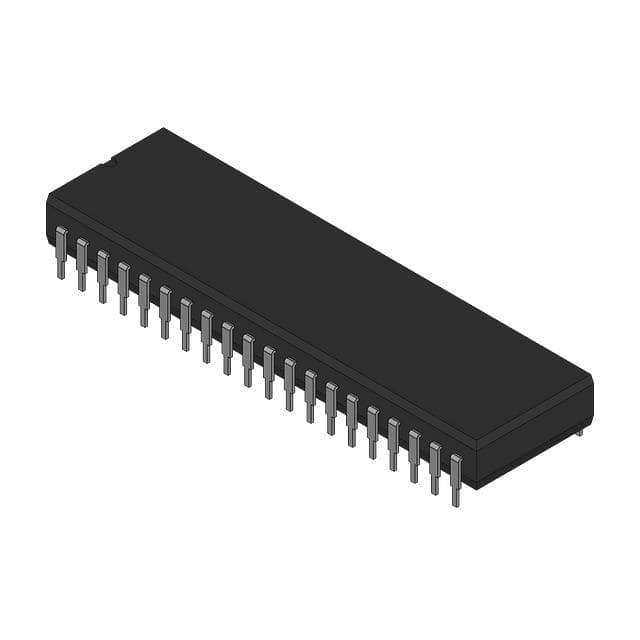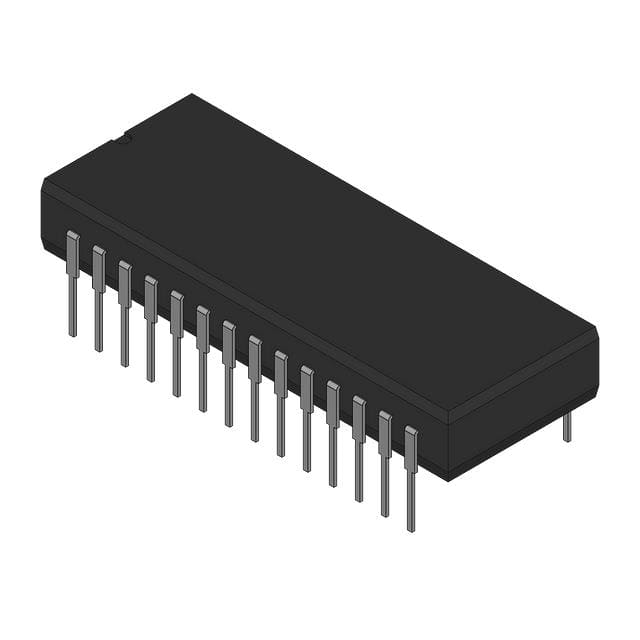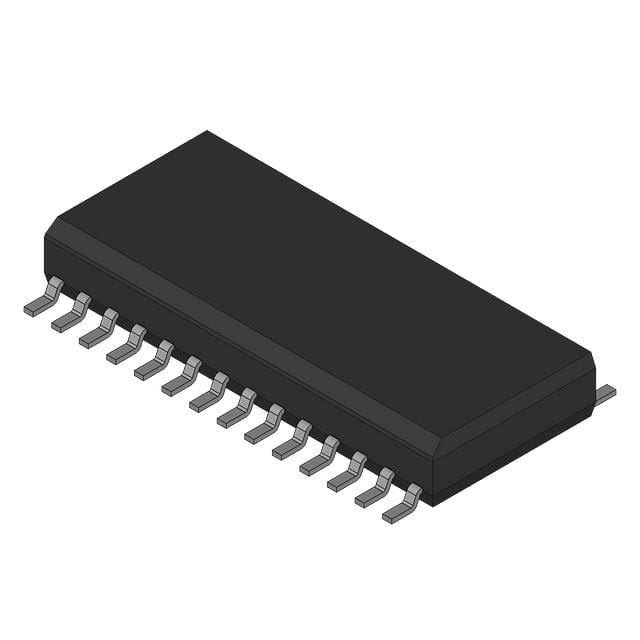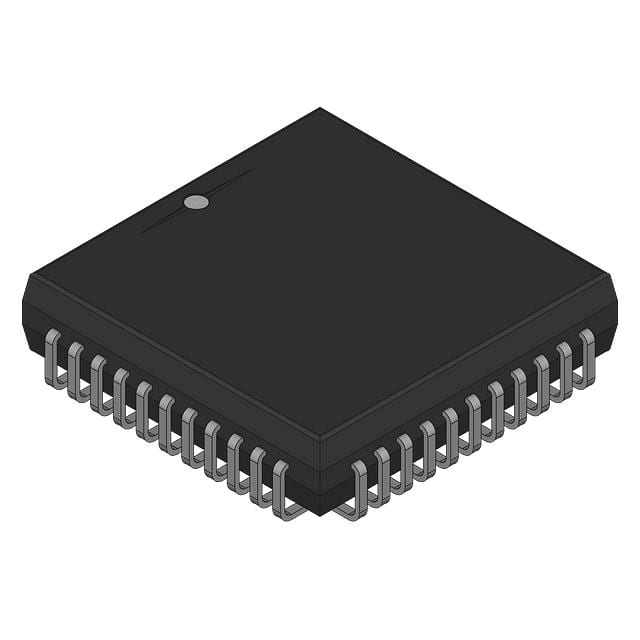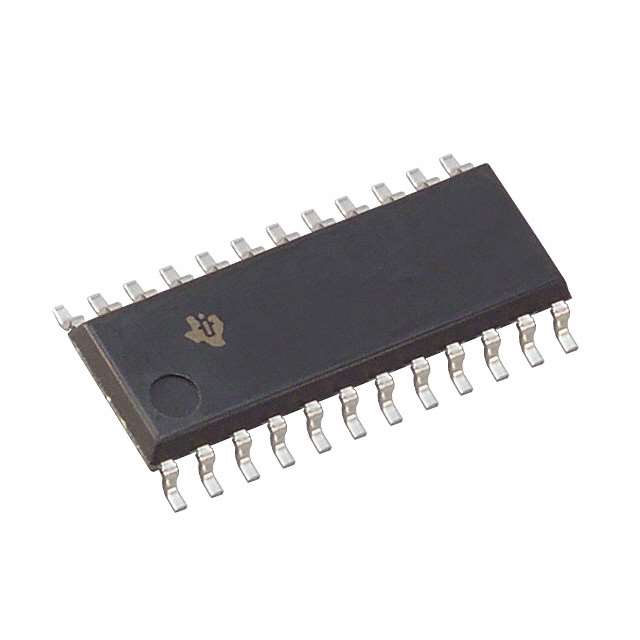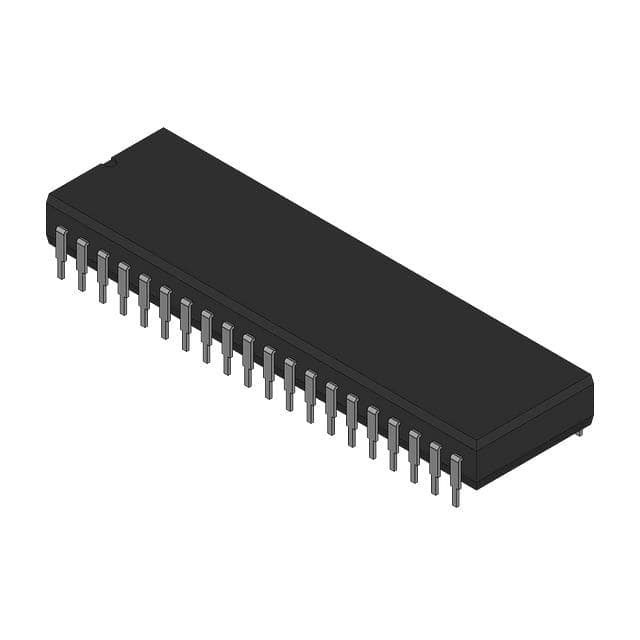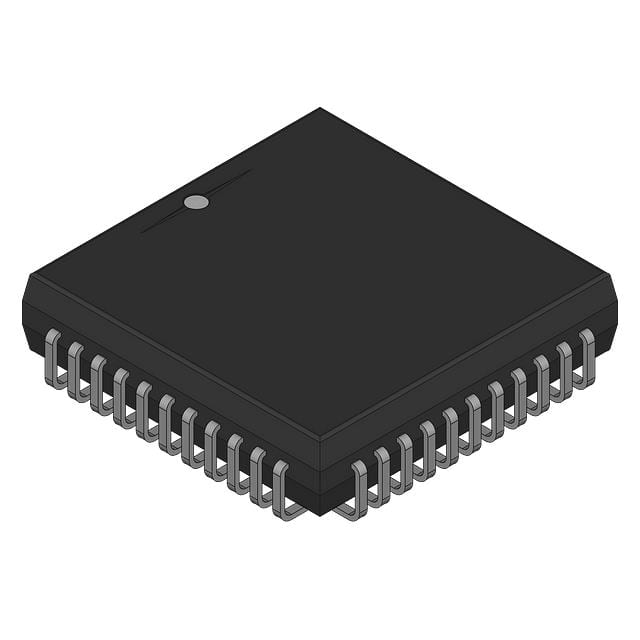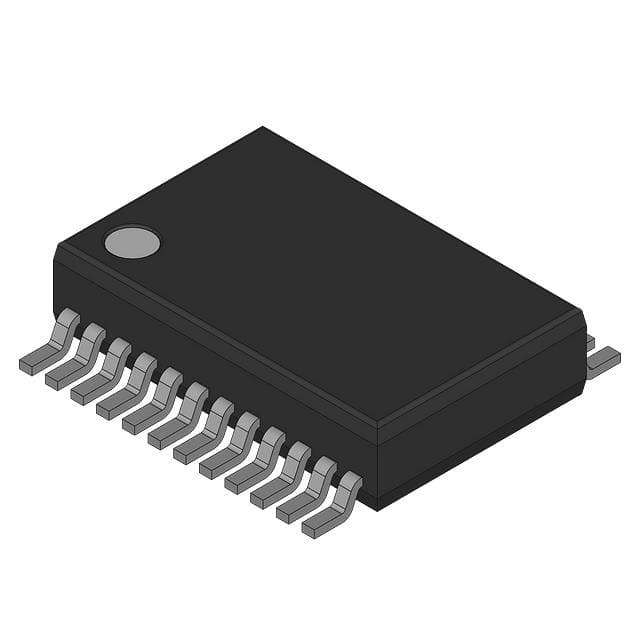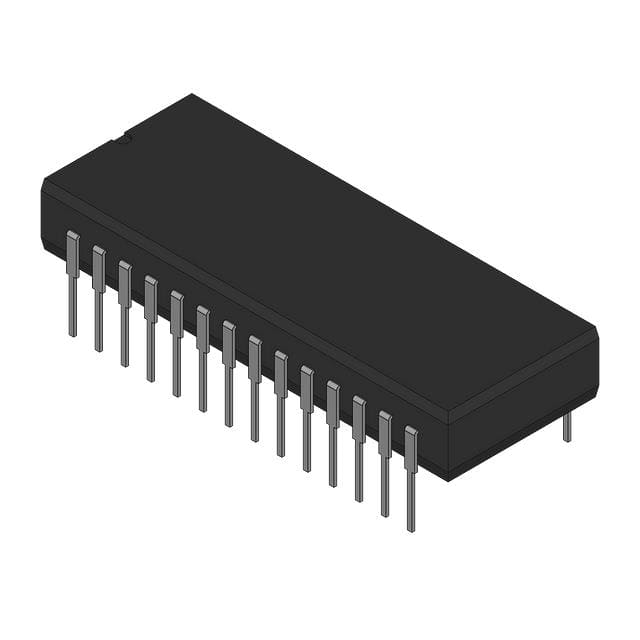ICL7126RCPL-4 Product Introduction:
Maxim Integrated Part Number ICL7126RCPL-4(Data Acquisition - Analog to Digital Converters (ADC)), developed and manufactured by Maxim Integrated, distributed globally by Jinftry. We distribute various electronic components from world-renowned brands and provide one-stop services, making us a trusted global electronic component distributor.
ICL7126RCPL-4 is one of the part numbers distributed by Jinftry, and you can learn about its specifications/configurations, package/case, Datasheet, and other information here. Electronic components are affected by supply and demand, and prices fluctuate frequently. If you have a demand, please do not hesitate to send us an RFQ or email us immediately sales@jinftry.com Please inquire about the real-time unit price, Data Code, Lead time, payment terms, and any other information you would like to know. We will do our best to provide you with a quotation and reply as soon as possible.
Introducing the Maxim Integrated ICL7126RCPL-4, a versatile and high-performance integrated circuit designed to meet the demanding requirements of precision measurement applications. With its advanced features and robust design, this product is the perfect solution for a wide range of industries.
The ICL7126RCPL-4 boasts a 3.5-digit A/D converter with a built-in multiplexed BCD output, allowing for accurate and reliable measurement of analog signals. Its low power consumption and high accuracy make it ideal for battery-powered devices and portable instruments. Additionally, the integrated reference and clock circuitry ensure stable and precise measurements.
This product is equipped with a versatile input multiplexer, enabling the measurement of various signal types, including voltage, current, and resistance. The ICL7126RCPL-4 also features a programmable auto-zero function, eliminating the need for manual calibration and ensuring consistent and accurate measurements over time.
The ICL7126RCPL-4 finds applications in a wide range of fields, including industrial automation, medical devices, and scientific instruments. It can be used in data acquisition systems, digital multimeters, and process control equipment, among others. Its compact size and ease of integration make it suitable for both new designs and retrofitting existing systems.
In summary, the Maxim Integrated ICL7126RCPL-4 is a versatile and high-performance integrated circuit that offers accurate and reliable measurement capabilities. With its advanced features and wide range of applications, it is the perfect choice for precision measurement needs in various industries.
Analog to digital Converters (ADCs) are electronic devices used to convert continuously varying Analog signals into discrete Digital signals. This process usually includes three steps: sampling, quantization and coding. Sampling means capturing the instantaneous value of an analog signal at a fixed frequency; Quantization approximates these transient values to the nearest discrete level; Finally, the encoding converts the quantized value into binary numeric form.
Application
ADCs(Analog-to-digital Converters) is widely used in a variety of scenarios, such as audio and video recording, measuring instruments, wireless communications, medical devices, and automotive electronics. For example, in audio devices, the ADC is responsible for converting the sound signal captured by the microphone into a digital format for easy storage and transmission.
FAQ about Data Acquisition - Analog to Digital Converters (ADC)
-
1. How does ADC convert analog to digital?
The technology that converts analog sound signals into digital signals is called analog-to-digital conversion technology (Analog to Digital Converter, referred to as ADC). The function of ADC is to convert continuously changing analog signals into discrete digital signals. The process of analog-to-digital conversion can be completed by steps such as sampling, holding, quantization, and encoding.
-
2. What is the principle of analog-to-digital converters?
The working principle of the analog-to-digital converter (ADC) is to convert analog signals into digital signals through four processes: sampling, holding, quantization, and encoding.
The main components of the analog-to-digital converter include samplers and quantizers, which work together to convert continuous analog signals into discrete digital signals. This process requires a reference analog quantity as a standard, and the maximum convertible signal size is usually used as the reference standard. The basic principles of the analog-to-digital converter can be summarized as follows:
Sampling: The analog-to-digital converter first samples the input analog signal through a sampling circuit, that is, discretizes the analog signal on the time axis.
Holding: The sampled signal is held by the holding circuit for the next quantization and encoding process.
Quantization: The quantization process is to divide the amplitude of the sampled and held analog signal into a finite number of le
-
3. What is the difference between ADC and DAC?
The main difference between ADC and DAC is that they process different types of signals and conversion directions.
The main function of an ADC (analog-to-digital converter) is to convert analog signals into digital signals. This process involves sampling, quantization, and encoding, where sampling is the periodic measurement of the value of an analog signal at a certain sampling rate, quantization is the conversion of the sampled continuous values into a finite number of discrete levels, and encoding is the conversion of the quantized discrete levels into binary code. The output of the ADC is a digital signal that can be processed and stored by a computer or other digital circuit for various applications such as digital signal processing, data logging, and communications. Common applications in life include microphones, digital thermometers, digital cameras, etc., which convert the actual perceived analog information into digital signals for further processing and analysis12.
DAC (
 Lead free / RoHS Compliant
Lead free / RoHS Compliant



